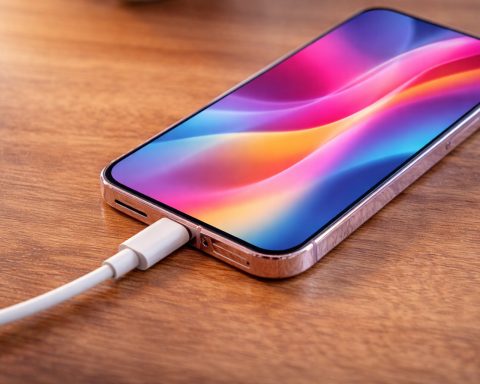
Apple Watch’s Hidden Lifesaver: All the Safety Features That Could Save Your Life
Apple’s Hidden Safety Gem: Check In Apple’s latest hidden feature, Check In, is like a guardian angel for your solo outings. What is Check In? It’s essentially an automated safety notification system that can keep your friends or family informed of your




